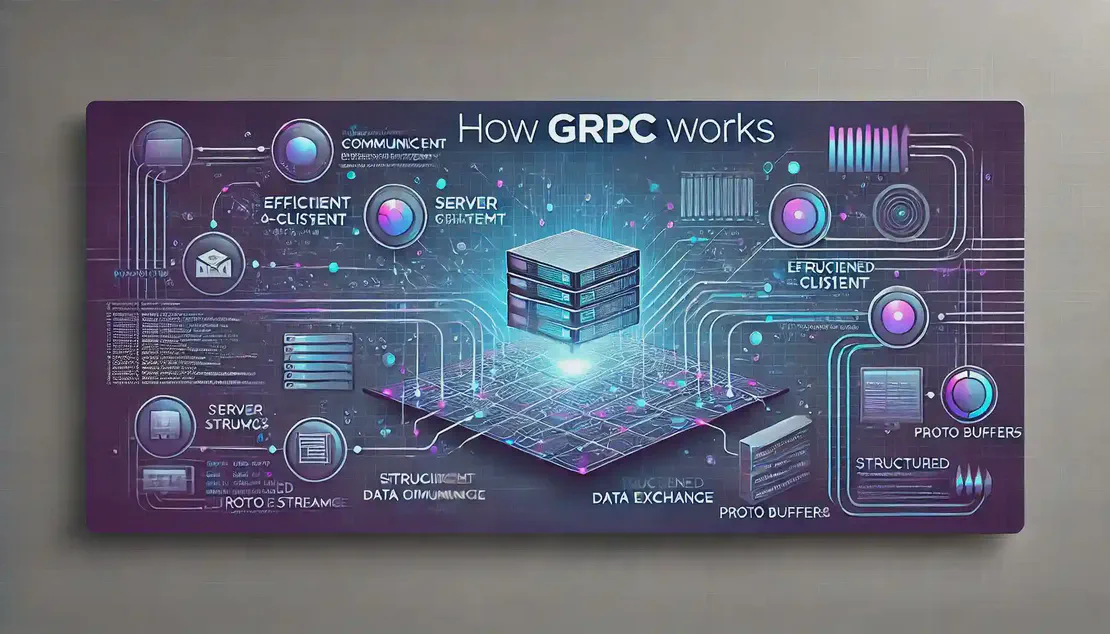
Understanding the CQRS Pattern
- Vipul Kumar
- Microservices , Distributed transaction , Cqrs
- November 15, 2024
Table of Contents
🔄 Definition — CQRS stands for Command Query Responsibility Segregation, a pattern that separates the responsibilities of handling commands (write operations) and queries (read operations) in a software system.
📊 Command Side — This part of the system is responsible for processing commands that change the state of the application. It involves updating databases, executing business logic, and generating events to notify other system components.
🔍 Query Side — This side handles data retrieval and is optimized for read operations. It often uses different data storage mechanisms and models compared to the command side to enhance performance.
🗂️ Event Store — In CQRS, events generated by the command side are stored in an event store, which acts as a reliable log of past activities and changes in the system.
📈 Scalability — By separating read and write operations, CQRS allows for horizontal scalability, enabling systems to handle high loads and complex business logic more efficiently.
Core Principles of CQRS Pattern
🔄 Separation of Concerns — CQRS divides the system into two distinct parts, each handling different responsibilities, which simplifies the architecture and improves maintainability.
📊 Command Model — This model is responsible for handling all write operations, ensuring that commands are processed correctly and efficiently.
🔍 Query Model — Optimized for read operations, this model provides fast and efficient data retrieval, often using denormalized data structures.
🗂️ Event Bus — Facilitates communication between the command and query sides, allowing for asynchronous updates and eventual consistency.
📈 Read Models — These are tailored data structures that are updated in response to events, providing a consistent view of the data for queries.
Advantages of CQRS Pattern
📈 Scalability — CQRS allows systems to scale horizontally by separating read and write operations, making it easier to handle large volumes of data and users.
⚡ Performance — By optimizing read and write models separately, CQRS enhances system performance, especially in complex domains with differing read and write patterns.
🔄 Flexibility — The separation of concerns allows for more flexible system design, enabling easier implementation of changes and new features.
🔍 Improved Read Performance — The query side can be optimized for specific read operations, reducing the complexity and time required for data retrieval.
🛡️ Enhanced Security — By isolating write operations, CQRS can improve security by limiting the exposure of sensitive data and operations.
Implementation Challenges in CQRS Pattern
🔄 Complexity — Implementing CQRS can introduce additional complexity into the system, requiring careful design and management.
⚙️ Synchronization — Ensuring that the command and query sides remain synchronized can be challenging, especially in distributed systems.
🛠️ Tooling — Finding the right tools and frameworks to support CQRS can be difficult, as it requires specialized knowledge and experience.
🔍 Eventual Consistency — Managing eventual consistency between the command and query sides can complicate the system’s design and user experience.
📊 Data Duplication — The separation of read and write models may lead to data duplication, which needs to be managed effectively to avoid inconsistencies.
Follow me on: LinkedIn | WhatsApp | Medium | Dev.to | Github

